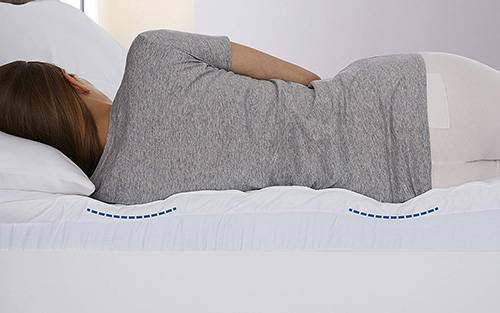Neck pain can be terribly uncomfortable, especially when you’re trying to sleep. People that end up having a stiff neck usually do so either from adopting an incorrect posture or from neck overuse. Generally speaking, this is a condition that should pass on its own in a few days, but it could also indicate a more serious injury that requires medical attention. Today, we’re going to discover more about neck stiffness, what causes it, and how you can sleep with a stiff neck.
What Causes Neck Stiffness?
There are plenty of reasons that could lead to a person having a stiff neck, with most of them being self-treatable. However, it’s still important to understand all the potential causes of neck pain, as some of them require a visit to the doctor:
Muscle strain/tension
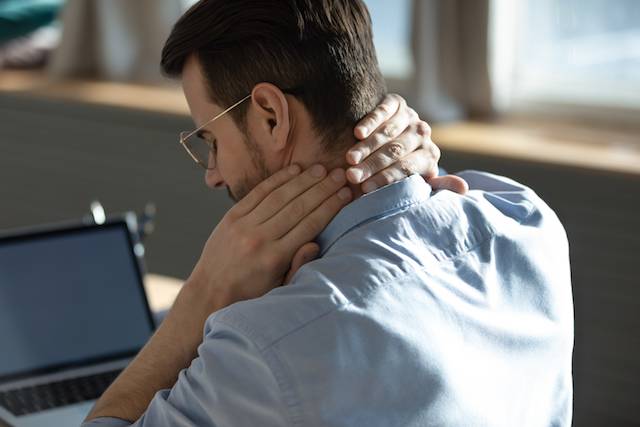
Injury
You may already know that the neck is one of the body parts most exposed to injuries, particularly if you practice any sports or fall. In case of an injury, the ligaments and muscles of your neck will move outside of their normal range and, in some situations, the fracture of your neck bones could lead to spinal cord damage.
Meningitis
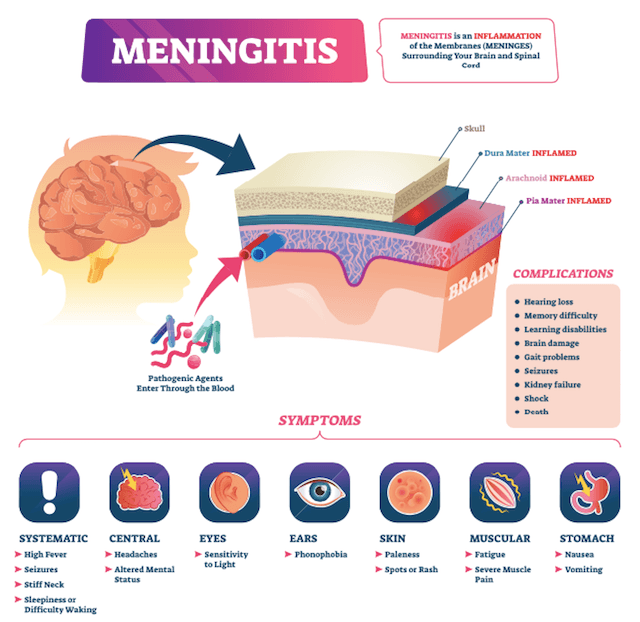
Heart attack
Neck pain can also be a health attack symptom, but it’s usually accompanied by other well-known signs, such as jaw or arm pain, nausea and vomiting, sweating, or shortness of breath.
While these are the most common causes for neck stiffness, there are other problems that could lead to neck pain as well, such as fibromyalgia (a condition that causes pain throughout the body and which is more noticeable in the shoulders and neck), osteoporosis (a condition that weakens the bones, causing small fractures that could potentially occur in the neck, or rheumatoid arthritis (leading to joint swelling and bone spurs, that might also occur in the neck).
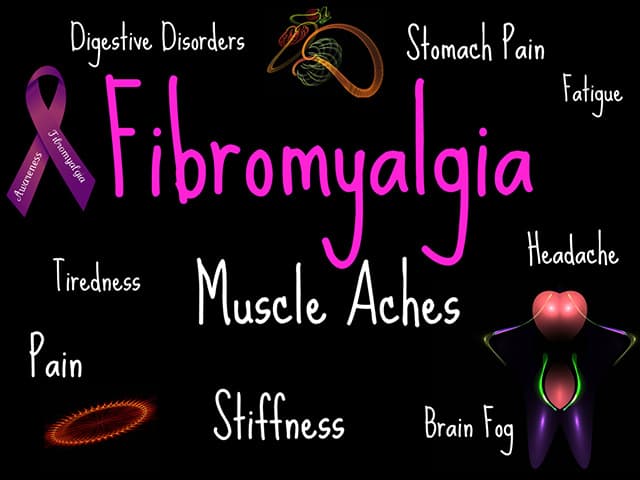
You might want to read: Tips For Sleeping With Neck Pain
How to Sleep with a Stiff Neck
According to the World Health Organization, neck and back pain are the most common types of disabling bone and muscle injuries, together with bone fracture and arthritis. That means that a stiff neck can cause a great deal of discomfort when you’re trying to get some shut eye. The following list of tips is meant to help you if you’re looking to sleep with a stiff neck:
- Sleeping on your back can help maintain the spine’s natural curve. You want to use a thinner pillow when you’re sleeping in this position, to keep your head only slightly raised. You can use a memory foam pillow because the material is compressed to the shape of your head and neck, offering better contouring.
- Sleeping on the side is also a good idea if you want to maintain your head in a neutral posture, but the height of the pillow is extremely important in this case. The pillow should be high enough to keep your neck neutral, and make sure that the height doesn’t force the upper ear close to the shoulder.
- Before going to bed, you might want to consider taking some over-the-counter medication to help relieve some of the pain that could prevent you from finding a position comfortable enough for sleep. Ibuprofen is known to help greatly when you’re experiencing acute pain, but make sure that you never take more than 1,200 mg in one day.
- Try to stretch out for a bit before going to bed. According to the Cleveland Clinic, some of the best stretching exercises include: bridging your ears to your shoulder about 10 times, pushing the head to your back for about half a minute, and rolling your shoulder back and down 10 times.
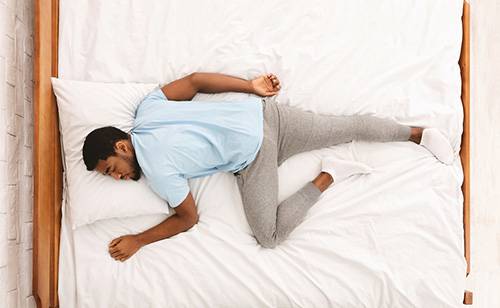
You might want to check: Ease Neck Pain From Sleeping
How to Treat a Stiff Neck after Sleeping
When you wake up in the morning with a stiff neck, this could be caused by having slept with your head in a weird angle, sudden movements that could sprain the neck, or it could be a result of preexisting injury that further develops while you were sleeping. Waking up with a stiff neck can cause a lot of pain and leads to a bad mood, but there are a few things that you can do to make yourself feel better:
Ice/heat therapy

Medication
If you notice that the stiffness is lifting your range of motion in one or several directions, you could try taking some over-the-counter pain medication (the kind that doesn’t require a medical prescription). Some of the most common over-the-counter meds that people usually turn to when having a stiff neck include acetaminophen, naproxen, and ibuprofen.
Self-massage/stretching

Assessing pain

You might want to check: Best Pillows for Neck Pain
Conclusion
As you get older, you are more likely to experience neck pain because your muscles get weaker and weaker. If you want to make sure that neck stiffness is prevented as much as possible, make a habit of always adopting a correct posture, don’t sit down for too long without taking consistent breaks if you have to, stretch on a regular basis, avoid sleeping on your stomach, don’t carry heavy bags with a strap, and keep your phone and monitor at eye level at all times.
When you’re trying to sleep with a stiff neck, remember that the sleeping position you adopt is just as important as the pillow you’re using, because the last thing you want to do is sleep in a position or adopt a sleeping posture that puts further strain on the neck. While sleeping, the spine needs to be aligned to its natural position, to prevent further neck pain and discomfort.
Photo credit: fizkes/Shutterstock; VectorMine/Shutterstock; aijiro/Shutterstock; Image Point Fr/Shutterstock; Andrey_Popov/Shutterstock; Rocketclips, Inc./Shutterstock
